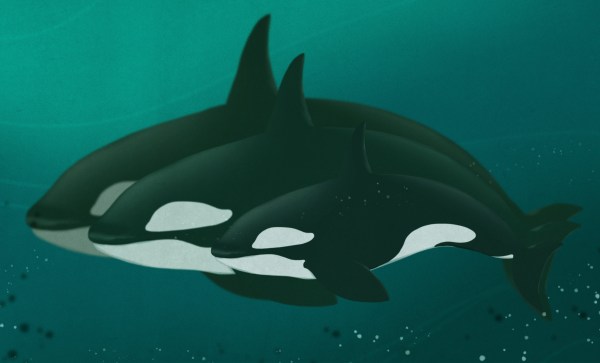A whole world of biomass floats in the boogers of a whale’s exhaust, and it’s a biologist’s dream to explore it. Whale snot carries everything from DNA samples to hormone signatures. But getting close enough to a surfacing whale for long enough to actually sample this snot turns out to be a nightmare when done by boat. Researcher [Iain Kerr] and a team from Olin College of Engineering thought, why not use a drone instead? Behold, the Snotbot was born!
Snotbot is essentially a petri-dish-equipped commercial drone that users can pilot into the exhaust of a whale to collect samples before the cetacean dives back under. After 7 missions and over 500 collected samples, Snotbot is putting-to-rest years of frustration from researchers anticipating their next chance for a shot of snot. Along the way, the team have also leveraged it to image the whale’s fluke (a fingerprint equivalent), drop underwater mics, and collect poo samples. As opposed to darts, Snotbot is non-invasive, and the whales don’t seem to mind (or even notice) who’s downstream of their boogers.
Drones are almost ubiquitous at this point in our lives–to the point where they now fall under regulations by the US government. With so many of us building our own drones at home, it’s wonderful to see groups starting to ask the next question: cool drone; now what? With reliable drones at prices that are within reach for the everyday citizen, we’re excited that we will see dozens of applications that leverage this new skyward-bound platform over the coming years. If you can’t wait, have a quick look back in time, where drones are doing maritime deliveries and blowing up debris.















